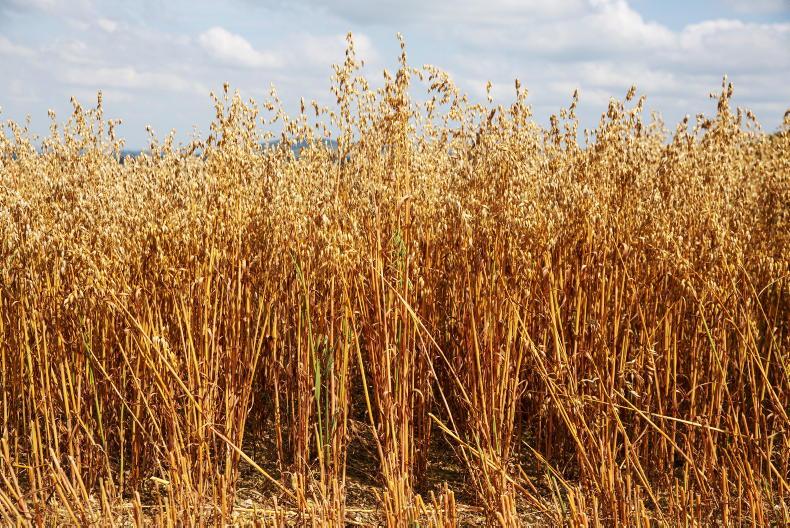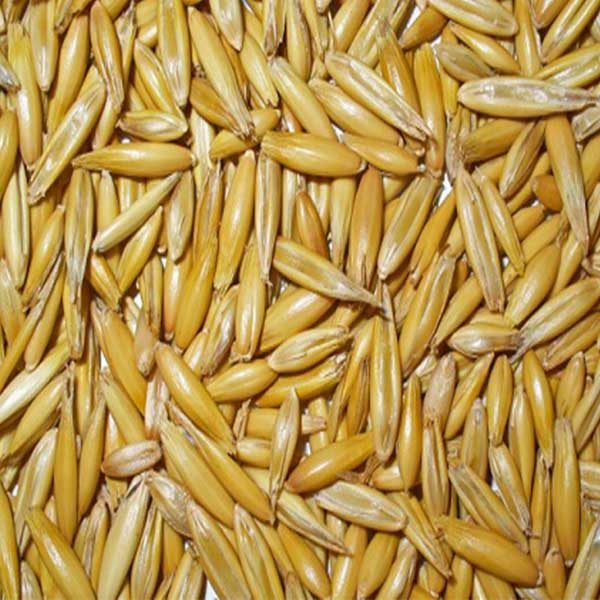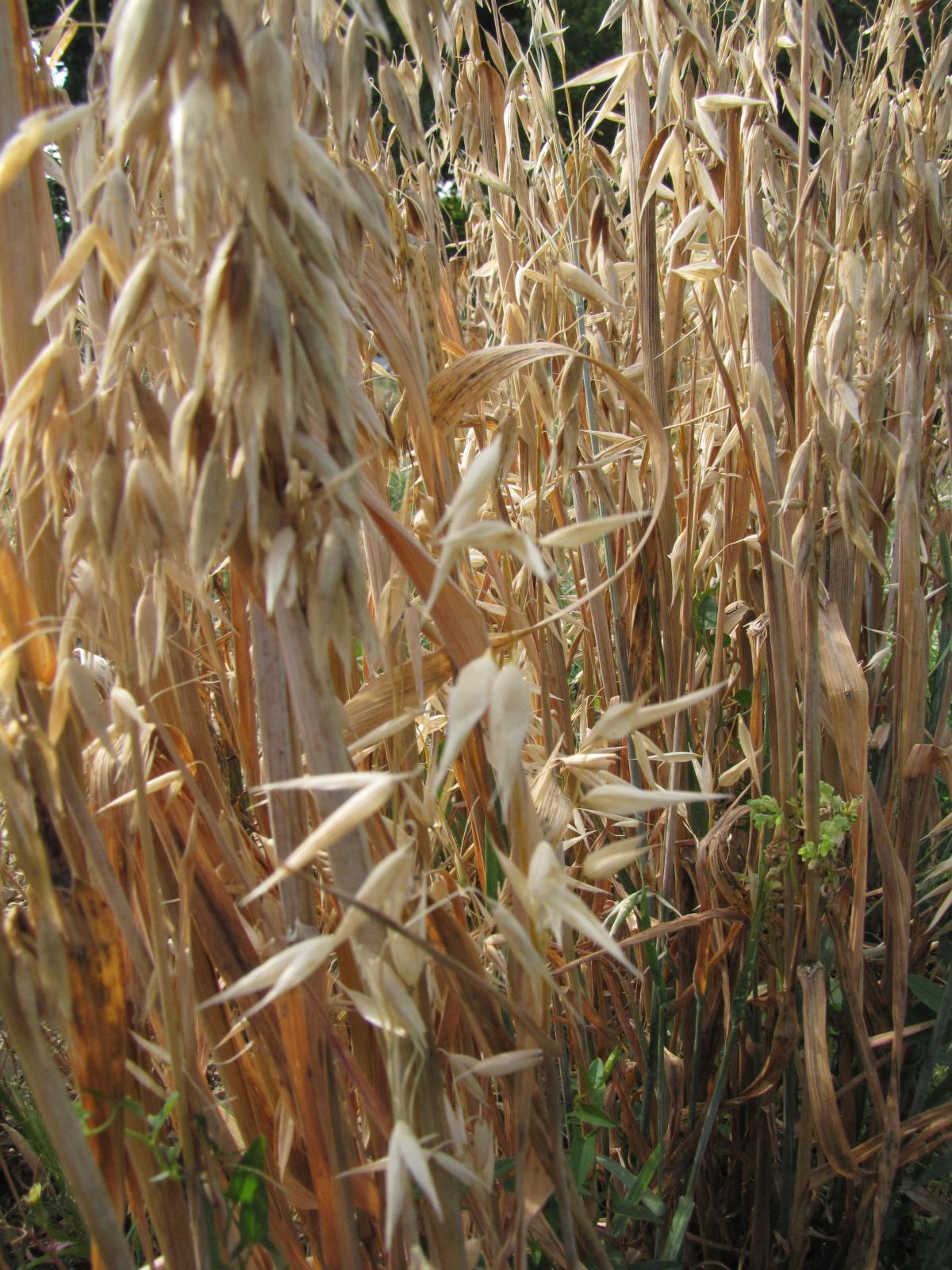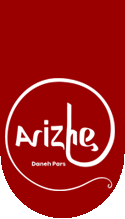Use of Oats (Avena sativa) in Livestock Feed in Iran
Oats (Avena sativa) is one of the most nutritious and valuable cereal grains, known for its unique composition that includes high-quality protein, soluble fiber, relatively high fat content, and beta-glucans. These characteristics make oats an important feed ingredient for both animals and humans. Although its cultivation area in Iran is still smaller compared to wheat and barley, in recent years, due to favorable climatic conditions in cool and humid regions (such as Golestan, Ardabil, West Azerbaijan, and Chaharmahal–Bakhtiari provinces) and growing attention to the production of high-quality livestock feed, the cultivation and use of oats have been increasing.

From a chemical composition standpoint, oat grain contains approximately 11–13% crude protein, 5–7% fat, 65–70% digestible carbohydrates, and 10–12% crude fiber. Its fat content is higher than that of most other cereals, and the majority of its fatty acids are unsaturated. Moreover, the presence of beta-glucans slows starch fermentation in the digestive tract, thereby improving metabolic health and reducing digestive disturbances.

In ruminant nutrition—especially for cattle and sheep—oats are commonly used as crushed or flaked grains, or as silage from green oat plants. Silage made from whole oat plants contains relatively high crude protein (12–14%) and has good fermentation properties, making it a suitable partial replacement for forage during dry seasons. In dairy cow diets, the inclusion of oat grain or oat silage has been reported to improve dry matter digestibility, enhance milk fat content, and reduce the risk of ruminal acidosis.

For fattening livestock, particularly sheep and goats, oats serve as a safer source of starch compared to wheat and corn, due to its slower digestion rate. Oats also help stimulate appetite and feed intake in ruminants. However, because of its higher fiber content and the presence of a hull, its metabolizable energy is lower than that of corn and wheat. Therefore, it is recommended that oats constitute no more than 30% of the total cereal portion in the diet.

In Iran, oat production is still limited to small-scale or supplementary use, mainly as a feed ingredient for high-producing dairy cows or fattening lambs. Expanding oat cultivation can significantly contribute to sustainable livestock nutrition by diversifying forage sources and providing a crop well adapted to Iran’s cold and semi-arid climates. Supporting breeding programs and processing technologies (such as dehulling and pelleting) can further enhance the role of oats in Iran’s animal feed industry.
Suggested References
-
Mousavi, A., et al. (2020). Evaluation of the nutritional value of oat grain and silage in dairy cow feeding. Iranian Journal of Animal Sciences Research, 18(2), 112–123.
-
Khademi, M., et al. (2022). The effect of partial replacement of oats on performance and milk composition of Holstein cows. Iranian Journal of Agricultural Sciences, 53(1), 85–96.
-
NRC (National Research Council). (2001). Nutrient Requirements of Dairy Cattle. National Academy Press, Washington, D.C.
-
Peterson, D.M. (2001). Oat antioxidants. Journal of Cereal Science, 33(2), 115–129.

